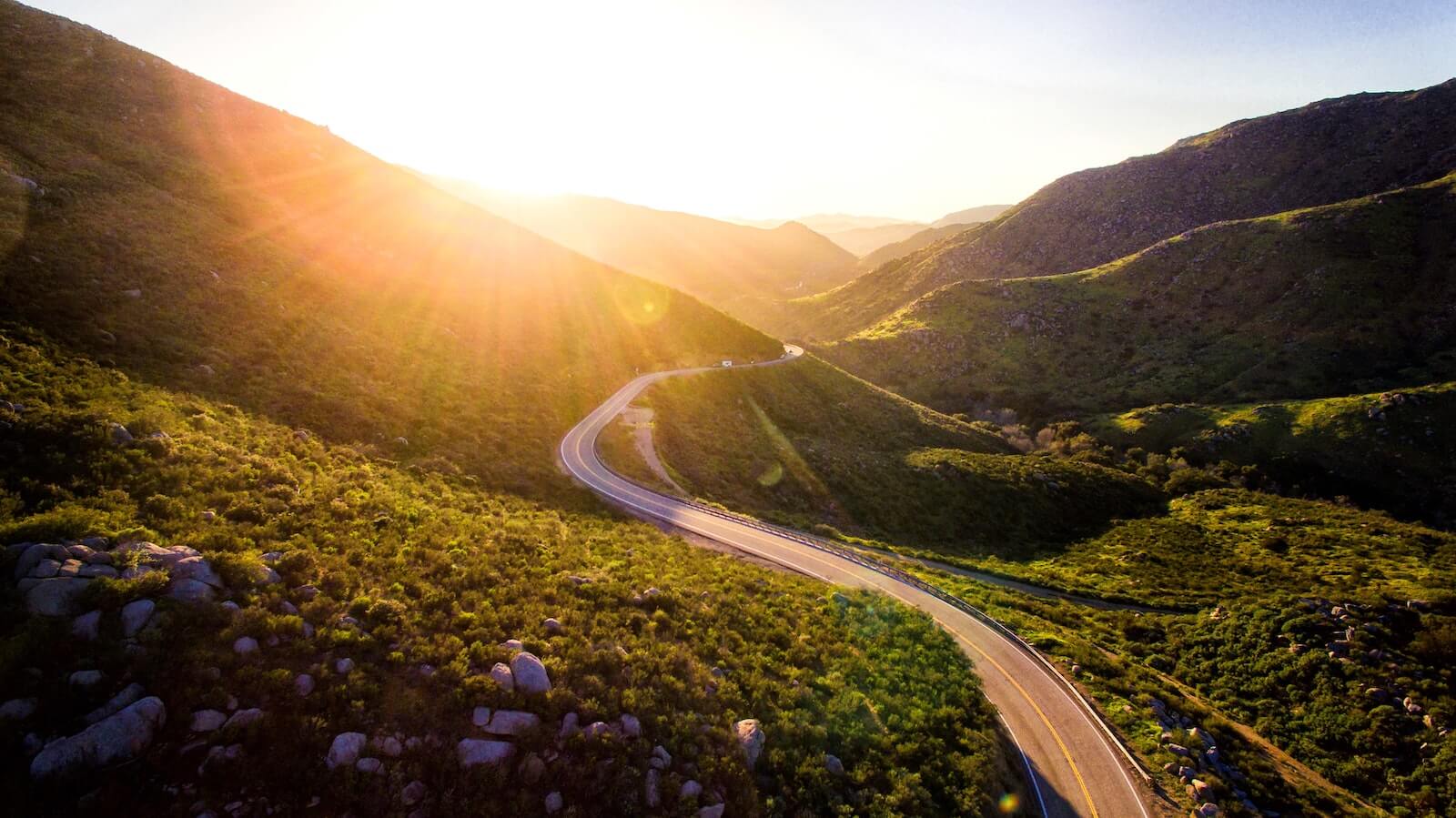1 min read
Is Awakening a Gradual Process or a Sudden Shift?
When any of us dedicate ourselves in earnest to a spiritual practice, it eventually begins to bear fruit in our everyday lives. We begin to notice...
3 min read
 Craig Hamilton
:
Apr 9, 2021 12:15:00 AM
Craig Hamilton
:
Apr 9, 2021 12:15:00 AM

When we hear the term “spiritual practice,” most of us think of a technique that is performed repeatedly over a long period of time in order to prepare ourselves to eventually experience a spiritual breakthrough or achieve some future enlightened state. But what if being awake isn’t something we have to wait for? What if awakening can be practiced directly? In this 5-minute clip from an interview on the Spirit Matters podcast, Craig provides a simple yet powerful description of the practice of “direct awakening” and explains how it can help us leap into the miracle of our true nature right now.
Below the audio is an edited transcript and a downloadable MP3, if you’d prefer to engage the content in that way.
Want to download the mp3 version? Click here.
This clip is being used with permission from Spirit Matters Talk. The full interview can be found in audio format on the Spirit Matters podcast page and in video on the Spirit Matters YouTube channel.
Question:
What is the Practice of Direct Awakening and how does it differ from other forms of meditation?
Answer:
There are thousands of different forms of meditation and spiritual practice being taught today. Some of the most common meditation practices include focusing on the breath, chanting a mantra, observing one’s thoughts or visualizing a sacred image.
What most of these practices have in common is that the technique itself doesn’t have anything specific to do with catalyzing awakened consciousness in this moment. Rather, these are techniques that you’re doing in the hope that they might bring you to an awakening sometime in the future. Eventually, these practices are supposed to open something up. They take time to get you somewhere, and in that sense, I would call them indirect. The question that drove me to the discovery of direct awakening was, “Could it be possible for us to actually practice being awake when we meditate?”
So my pursuit of this question led me to develop an approach to meditation that I call “ the practice of direct awakening.” Within this general approach, there are numerous different “gateways to awakened consciousness” that we practice. This practice is not just one thing; it’s a dozen things. And what they all have in common is that when you sit down to meditate, you practice stepping into or aligning with one of the natural qualities or characteristics of awakened consciousness.
Here’s an example of what I mean. Let’s think about how awakened consciousness is different from unawakened consciousness. The Buddha said that one of the things that characterizes unenlightened consciousness is that we’re either grasping or pushing away. We’re either grasping for certain experiences and trying to hold on to positive feelings or we’re pushing away discomfort. This is the basic stance of unenlightened consciousness.
So enlightened or awakened consciousness, you could say, does the opposite. It doesn’t grasp onto any states or experiences. Even when we step into a profound spiritual experience, from the vantage of awakened consciousness, we simply notice what’s happening. We realize that we don’t need to hold on to anything. In fact, life is much more interesting when we’re not holding on. It’s just flowing and we’re not resisting anything. We’re willing to face everything and just be with everything that is. We’re open, fluid, conscious beings.
So the question is: can you practice this awakened orientation in meditation? Can you sit down for half an hour and practice not resisting anything that arises?
The idea is to make room for every possible experience that you could have in meditation, from the terrible to the sublime. Anyone who has done a lot of meditation has probably experienced both extremes. In this approach to meditation, you simply make room for all of it, and you don’t hold on to the negative or the positive experiences. You don’t grasp after subtle feelings of bliss. You don’t try to sustain some intense clarity that you experienced. You just let it all come and you let it all go with total ease and flow. I would argue that’s a direct practice of being awake.
Let’s put it this way: If you can do that for a half an hour, it wasn’t your ego that was doing it. It was your awakened self. The only part of us that can do a practice like that is our own awakened consciousness, which we all have access to—all the time. In fact, I would argue it’s the very consciousness that is hearing or reading these words. It’s the very consciousness that experiences everything you experience in your life.

1 min read
When any of us dedicate ourselves in earnest to a spiritual practice, it eventually begins to bear fruit in our everyday lives. We begin to notice...

If you're on a spiritual path, you may have noticed that the dawning of a new year often brings with it a puzzling paradox.

In this talk, excerpted from one of Craig’s course modules, he shares about the two life-altering realizations at the core of authentic spiritual...